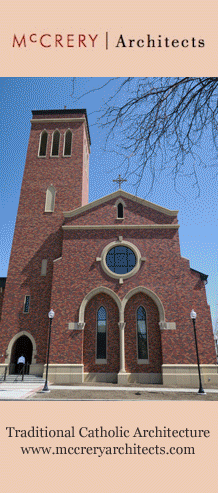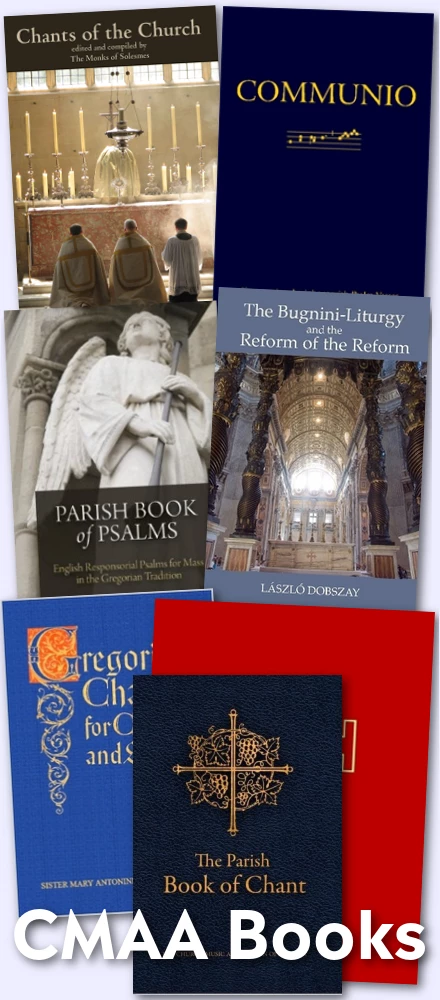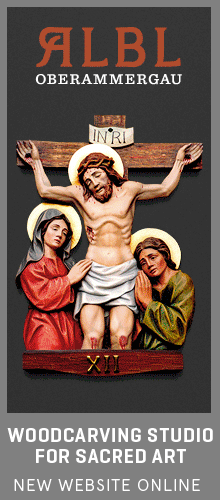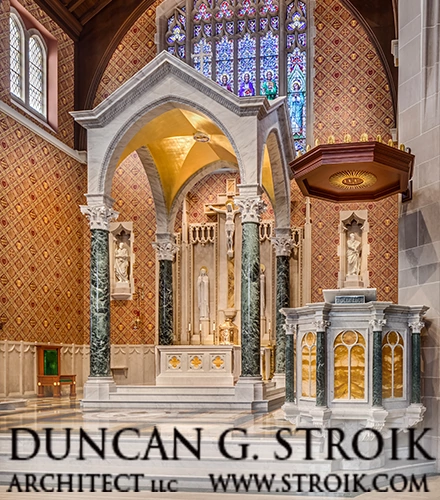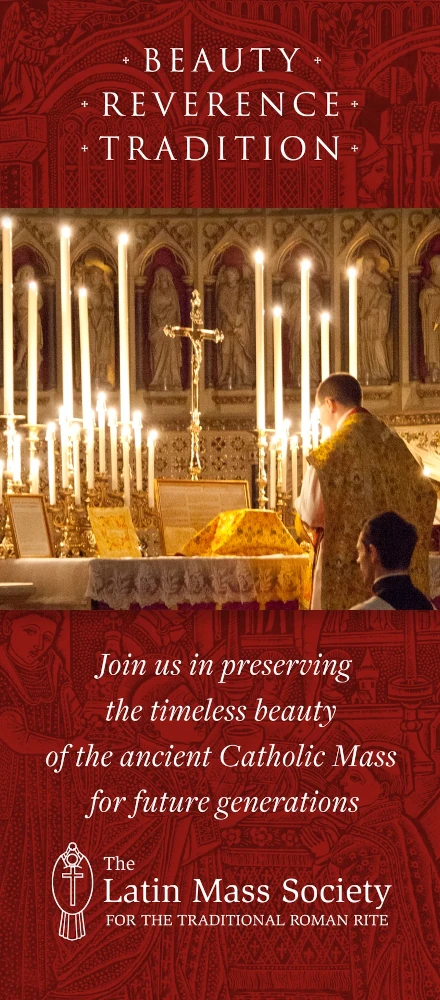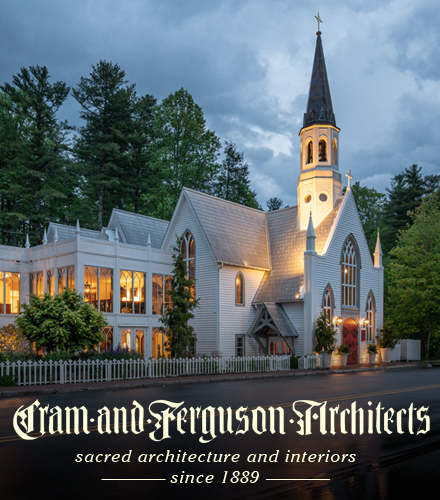As far as I know this is the only Catholic Summer School in Europe to use the usus antiqior, the Traditional Mass. Are there any others in the English-speaking world? I’d be most interested to know. In fact, it is one of only a very few Catholic Summer Schools: I know of one other in England, the ‘International Summer School’, which is more than just a weekend, and has actual classes, rather than conference-style plenary talks (like the ‘Faith Summer Session’). If
 there are more, they are well hidden.
there are more, they are well hidden. This is our third Summer School; this year forty-two students and seventeen staff occupied part of the site of a large boarding school in Sussex. Our Chaplain was Fr Andrew Southwell, well known both to members of the Latin Mass Society and to the Parish of St Bede’s in Southwark, where he lives, for his indefatigable commitment to the Traditional liturgy. As well as serving many Indult Mass slots around the country over the years, he has established a weekly Sunday morning Sung Mass at St Bede’s, which is still the only weekly Sung Mass in the country.
Fr Southwell’s commitment to liturgical music is reflected in the fact that the Summer School enjoys a Missa Cantata every day, and Sung Compline (1962, using the excellent St Austin Press booklets) every evening (as well as the Rosary in the mornings). During the week a group comprising about half of the students and several staff practiced Arcadelt’s Ave Maria for the final Mass on
 Sunday, which was attended by many parents. Similarly, we had a group of students practicing the propers for that Mass; the rest of the week the propers were sung by a small liturgical schola (so small, in fact, that I comprised a full third of it!).
Sunday, which was attended by many parents. Similarly, we had a group of students practicing the propers for that Mass; the rest of the week the propers were sung by a small liturgical schola (so small, in fact, that I comprised a full third of it!). Experience has taught me the importance of practice, practice, practice, if Mass is to be accompanied by an appropriate standard of singing. It is hard work keeping up with daily Sung Mass, but I like to think that our liturgical schola gave the students an indication of what Gregorian Chant can and should sound like. Most of the students aren’t required to sing at home, but by the end of the week they were pretty confident with Compline and Mass IV, and the
 Sunday Ave Maria and propers were first rate.
Sunday Ave Maria and propers were first rate. Apart from the liturgy, Fr Andrew gave catechesis, and there were classes on Art History, Philosophy, History, Literature, and Latin, as well as Chant and Sacred Polyphony, and training of Servers for Sung Mass and Benediction, plus games and a couple of outings (on the last of which I intend to write another post). Our teaching staff range from experienced professional teachers to current or recent undergraduates, plus a Fraternity of St Peter seminarian, Marek Grabowski. They are given free rein to teach whatever their own interests dictate, such as has a Catholic interest: almost always, of course, this will be something not taught at all, or not
 taught from a Catholic point of view, in even nominally Catholic schools.
taught from a Catholic point of view, in even nominally Catholic schools. Our staff are all unpaid volunteers, and thanks so our generous benefactors (including the Latin Mass Society of England and Wales and the Columba Trust) we don’t charge a formal fee to the students. We encourage parents or guardians to make a donation, but the actual cost—around £300 per student—would be prohibitive for most of them. As it is, it is heartening to see a complete social mix at the Summer School, with home-schooled children, children from the great ‘Public Schools’ (ie, fee-paying schools), and children from good, bad, or absolutely appalling London comprehensives. This works well at the social level, and the students are eager each year to come back to rejoin the friends they made the year before. For while we come from every corner of England, Wales and Scotland, and from every kind of educational background, we are united in the Faith.

(Anyone wanting to know more, to recommend the Summer School to others, or even to make a donation, should see the St Catherine’s Trust site; we also do a ‘Family Retreat’ in the Spring. A Newsletter will be available from that site just as soon as I’ve written it!)



